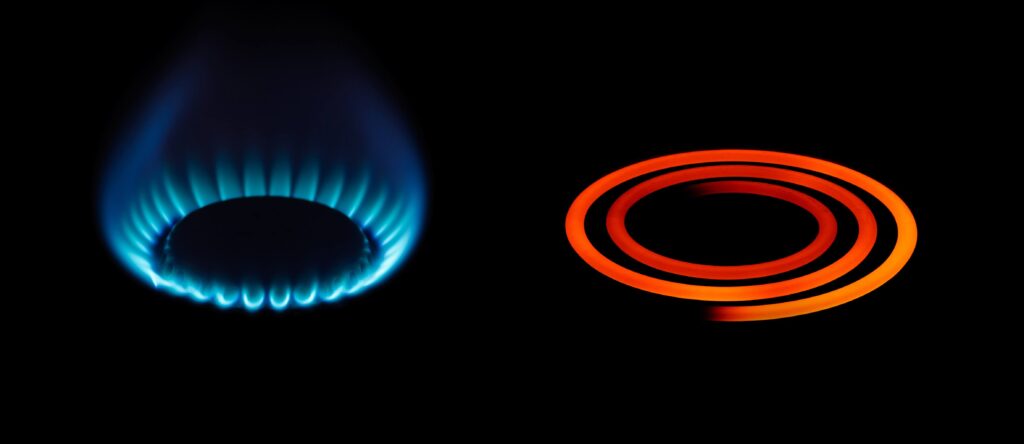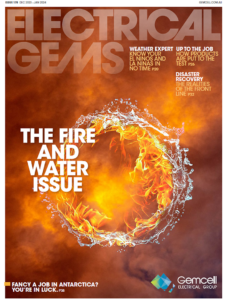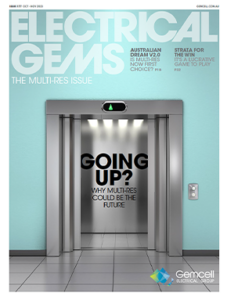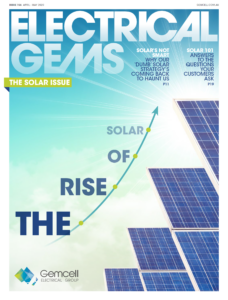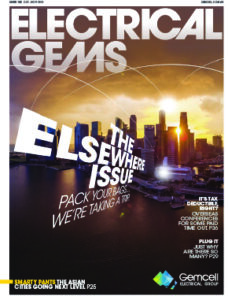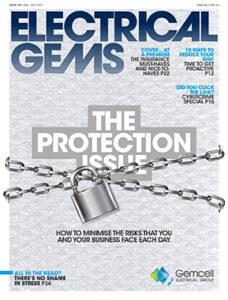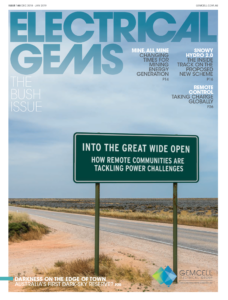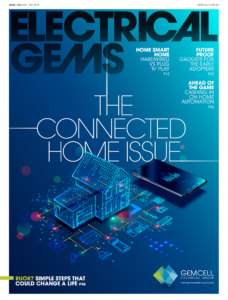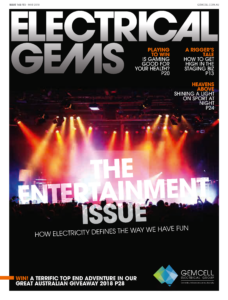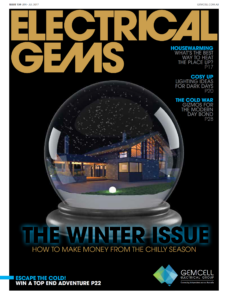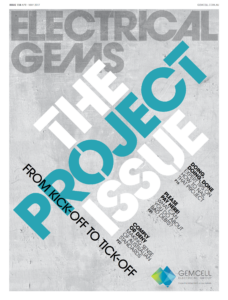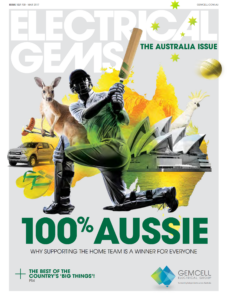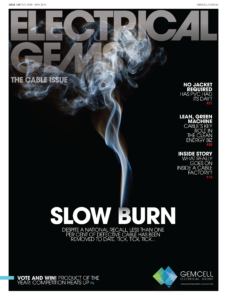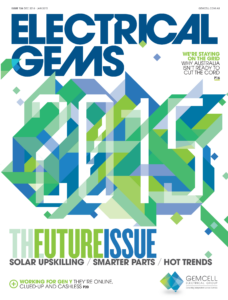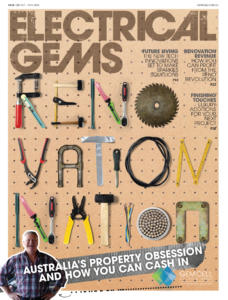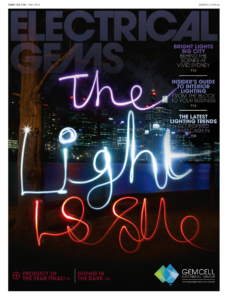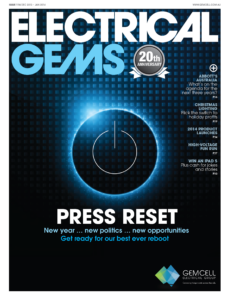We all love our Aussie summers… as long as there’s a cool corner to retreat to when the heat gets out of hand.
Cooling and ventilation technology has come a long way – from the days of ceiling hung palm fronds hand operated by a tireless punka wallah, via the rise of domestic air conditioning units in the post-WWII economic boom, to today’s centralised air, and architecturally striking ceiling fans. What once was expensive and ozone depleting has evolved to suit our 21st century expectations for high performance, affordability and energy efficiency. Now, increasing use of sensor technology offers ever more control and temperature precision over internal environments.
Split system innovation
Split system air conditioning is popular for its relatively low cost and non-invasive installation – an expert electrician can most often do the job in less than a day.
In recent times, customers are often seeking out high quality larger cooling capacity that can still kick energy efficiency goals. Enter the direct current (DC) inverter motor that is more energy efficient, and operates at a more precise temperature. The technology cools the room faster than non-inverter split systems, and is able to vary the speed of the compressor depending on the cooling demand. Once the room reaches the desired temperature, the iSeries unit can control the temperature of the room to a super accurate +/- 0.2°C.
Modern ceiling fans
Ceiling fans don’t actually lower the temperature — they work the same way a breeze cools you down. They’re an effective, quiet, low-cost alternative to air conditioners and can look as cool as they feel.
There are many different types of ceiling fan that use different materials, sizes and blades, from low profile and industrial to smart and silent. But they all fall into two main categories —alternating or direct current. DC ceiling fans are the gold standard these days. They are more energy efficient (around 70% less energy than AC ceiling fans); they’re better looking as they tend to have smaller motors; and they’re whisper quiet. They also have more speed options with up to seven settings for greater control over your airflow. On the downside, they’re more expensive than AC ceiling fans. “Split system aircon is popular for its low cost and non-invasive installation – an electrician can do the job in less than a day.”
Ducted air conditioning
Ducted air conditioning is a permanent solution to all your HVAC woes, and it’s the quietest and most effective way to cool or heat a home. Ducted air conditioning systems have a zoning feature that helps you adjust the temperature of each area in your room. For the average family home, it’s also by far the most expensive air conditioning. Ducted aircon works best in large areas, so it’s a popular option for commercial buildings such as apartment complexes, shopping centres, libraries and other public buildings.
Portable air conditioning
Portable air conditioning units are popular for people who are in rented accommodation, or just want to cool a single room or are on a budget (no installation costs). But the word ‘portable’ is a little disingenuous. Yes, you can carry them home from the store, but once you get it home, it needs to be vented with a window kit. You can buy ‘evaporative coolers’ that can sit in front of a window and don’t require venting, but these are not widely available in Australia.






